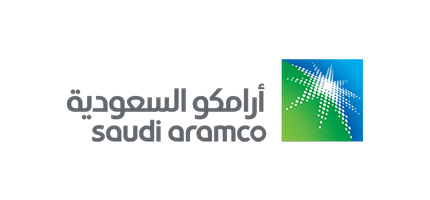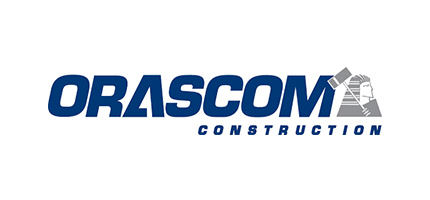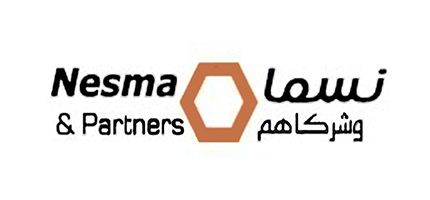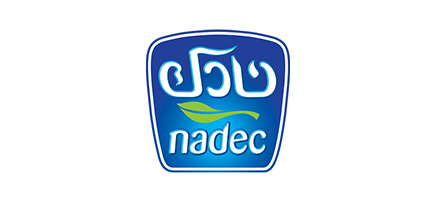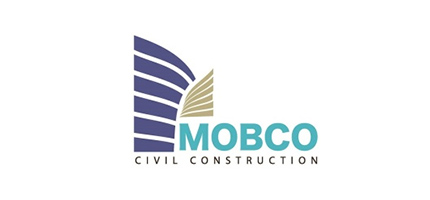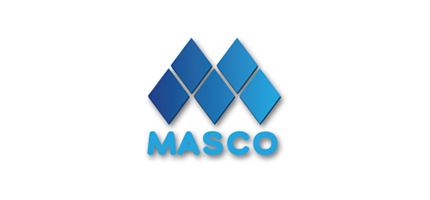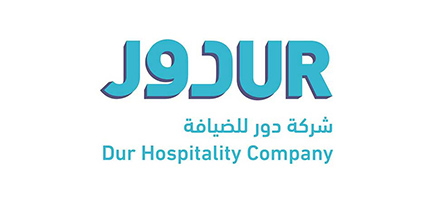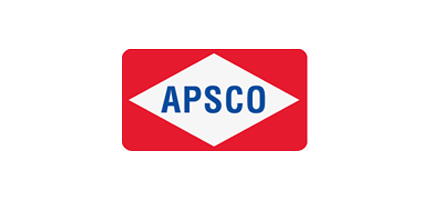Dispute Resolution
Our clients greatly appreciate the presence of an impartial and proficient derivative risk management expert who can provide support in resolving complex disputes related to structured products and derivatives.
Ehata possesses the capability to meticulously evaluate the commercial viability and appropriateness of the disputed product or hedge portfolio. Our advisory team adheres closely to industry best practices and international standards, ensuring that every aspect of the contested transaction(s) is thoroughly reviewed and analyzed.
By engaging with Ehata, our clients benefit from the assurance of working with a trusted partner, equipped with the necessary skills and acumen to navigate the landscape of structured products and derivatives. We are positioned to delivering impeccable service, upholding the highest professional standards, and providing unbiased guidance that leads to effective resolutions.






